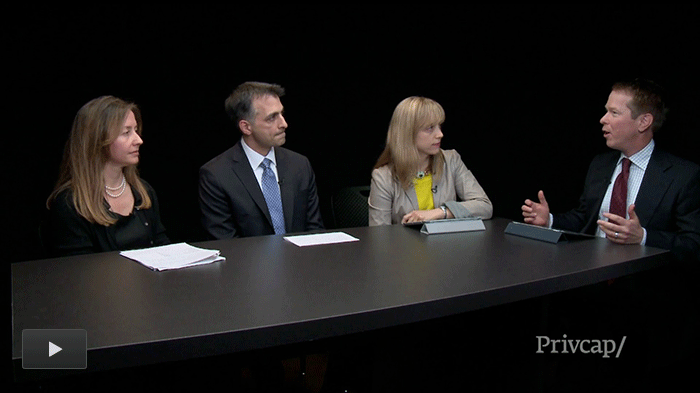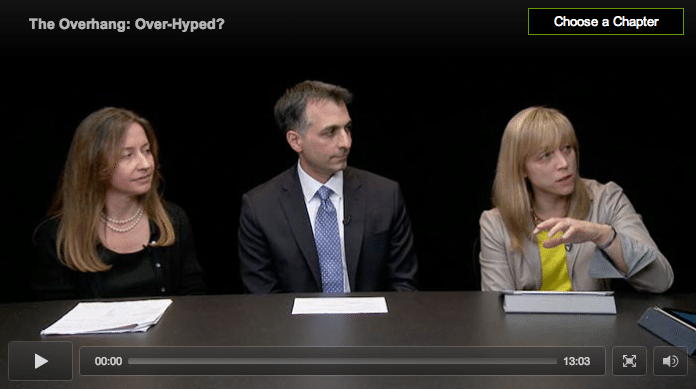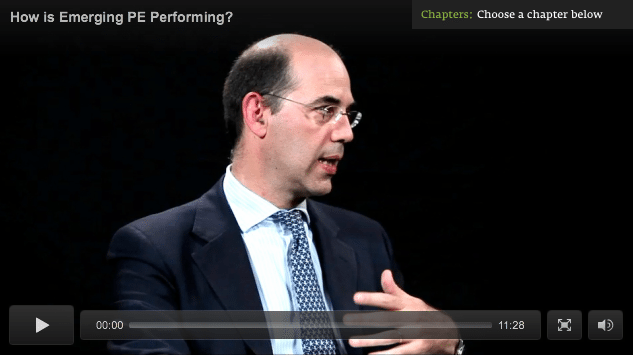The Secret History of PE Performance
Private equity performance remains a hugely under-researched topic, but help may be on the way for an information-starved market. This is good, because investors shouldn’t commit capital to an asset class they can’t effectively measure.

With assets approaching $3 trillion, private equity is an asset badly in need of unimpeachable measurement standards.
It is not hard to see why private equity has flown under the radar for so long – its participants have historically been resolutely private, it operates out of highly illiquid, long-term partnerships and the values of its underlying assets – private companies – are often arrived at using, at best, idiosyncratic methodologies, and at worst, guesstimates.
It might be said that private equity is inherently unwieldy. Some investors like to joke that it represents “10 percent of my allocation, 90 percent of my headache,” a reference to the time and money that must be spent monitoring, processing, communicating and measuring.
The measuring part can be challenging in two ways – first you need to get timely and robust information from your own managers, then you need to place that information in a broader context to better understand what it means. In other words, you might know that the 2003 energy-focused private equity fund you’re in has a realized net IRR of 20 percent and an unrealized net IRR of 30 percent, but without meaningful benchmarks you’re not sure whether you should be thanking the GPs or cursing them.
Indeed, for most of its brief history, private equity has been data-starved and research-poor relative to the highly scrutinized public equity and fixed-income asset classes. In recent years, several commercial data sources have introduced tools to improve investor understanding of private equity. This is good news. Some would argue, however, that the often contradictory information on offer does not further a common understanding of how this asset class behaves.Here’s the background. There are three broad categories of private equity data – deal statistics, fundraising statistics and performance statistics. Deal and fundraising numbers have for years been culled from publicly available sources – primarily announcements and press reports. The information is sold by a growing number of data providers, including Thomson Reuters, Dow Jones, Capital IQ, Mergermarket, Dealogic, Preqin, Pitchbook and PEI. Each provider employs different collection and aggregation methodologies, and these differences can make it hard for LPs and other users to harmonize this data. In the extreme, it’s as if the slices of the available data were coming from different pies.
The third category – performance data – has been an even tougher nut to crack. Not only does private fund performance measurement involve a complex mix of realized and unrealized returns and time-horizon calculations, but the people who arrive at the final numbers typically don’t want to share them with the world.
Imagine trying to create the S&P 500 index when only some of the 500 component companies are willing to disclose the value of their shares, and those that are willing use differing valuation methodologies. This is essentially the challenge for anyone attempting to create accurate performance benchmarks in private equity. But the quest for better information has been making headway. What follows is a partial list of performance-data providers in roughly the order that each endeavor was launched:
Thomson Reuters: Started as Venture Economics in the 1990s, for a long time this was the only performance game in town. Venture Economics receives regular fund performance updates directly from the general partners themselves, but on a highly confidential basis. The individual fund performances are then anonymized and blended into indices. The dependence on voluntary data submission has made some wonder about whether the data is sometimes skewed to the stronger-performing GPs. The company’s performance information is now offered as part of the ThomsonONE platform.
Cambridge Associates: This firm is primarily a consultant to institutional investors and has a specialty in alternative assets. It has leveraged its access to client fund information and developed a suite of benchmarking tools, including the Cambridge Associates US Venture Capital Index and the Cambridge Associates Private Equity Index. Cambridge Associates is also partnering with the Emerging Markets Private Equity Association to create private equity performance indices specific to the emerging markets.
Preqin: In the early 2000s, this company, founded by entrepreneur Mark O’Hare, began sourcing private equity fund performances using a novel approach – relying on state open-records policies to gather fund-level performance information from public institutions like pensions. This method neutralized potential voluntary-submission biases but was met by howls of disapproval from some GPs, who complained that their trade secrets were being compromised for a commercial endeavor. Preqin offers the performances of individual funds and also aggregates these into indices. The initial outrage has today largely given way to acceptance that fund-level performance information is nearly impossible to keep private, and that the benefits of collective transparency outweigh whatever benefits privacy offered.
State Street Private Equity Index: As a major provider of services to institutional investors, State Street has long collected and administered detailed information on clients’ private equity funds. Two years ago State Street launched an index and benchmarking tool based on this database. The index, of course, does not detail individual fund performances. It also has the benefit of having its information captured in an involuntary, “warts and all” fashion.
PitchBook Data: Along with its information on deals, investors, managers and public-market comparables, PitchBook also offers data on specific fund performances as well as benchmarking tools.
Private Equity Growth Capital Council: The PEGCC is a lobbying and advocacy group for private equity in Washington DC. In 2010 it launched its own Private Equity Index based on information from its own members as well as Thomson Reuters, PitchBook and Preqin. Unfortunately and, in many respects, unfairly, the PEGCC’s performance metrics have been characterized by some as biased, due to the group’s lobbying roots.
Burgiss Group: Burgiss is a major administrator of private equity programs for institutional investors. It has detailed information on some 3000 private equity fund performances going back to the 1970s. A key strength of this dataset is that while Burgiss’ LP clients voluntarily opt in as providers of information to the performance database, their underlying fund information is captured on comprehensive basis. This year Burgiss made commercially available a benchmarking tool called Private iQ based on this underlying data, which does not reveal the identities of any underlying funds.
Institutional Limited Partners Association: While the ILPA, a trade association for institutions that back private equity funds, does not currently offer a performance benchmark, a key initiative of the group will make such benchmarks far more powerful in the future – the association is working on standardized financial reporting templates which if adopted would facilitate a more comprehensive, apples-to-apples aggregation of performance information that looks through funds and all the way down to individual portfolio companies.
Private Capital Research Institute: This new non-profit initiative, launched by Harvard’s Professor Josh Lerner, is partnering with a number of market participants to promote independent and credible research into private capital and also to create a benchmark for fund performance to support such research. The PCRI is in active discussions with many LPs, GPs and commercial data providers about data sharing and hopes to become a true coalition effort to create the industry information gold standard. The Institute’s focus on policy analysis through its alliance with The Brookings Institution also means it will seek to generate dialogue about private capital among regulators and lawmakers around the world.
Not unlike so many artifacts being unearthed, dusted off and compared against each other, the history of private equity performance is being discovered in disparate locations and aggregated for the benefit of those who hope to rely on the lessons of the past in building better investment programs.
Treasure troves of information exist beyond performance figures, of course. There are yet other classes of private equity information that are being created and benchmarked. For example, Debevoise & Plimpton has created a unique database of fund terms and conditions that can be used to chart trends in the way that fund managers and investors structure their partnerships.
Stay tuned as the secrets of private equity are unlocked. My hunch is that as data treasure troves are cracked open and the light shines through, we will like what we see.
This article originally appeared in the Spring 2011 issue of The Private Equity Report from law firm Debevoise & Plimpton (www.debevoise.com)
Private equity performance remains a hugely under-researched topic, but help may be on the way for an information-starved market. This is good, because investors shouldn’t commit capital to an asset class they can’t effectively measure.



